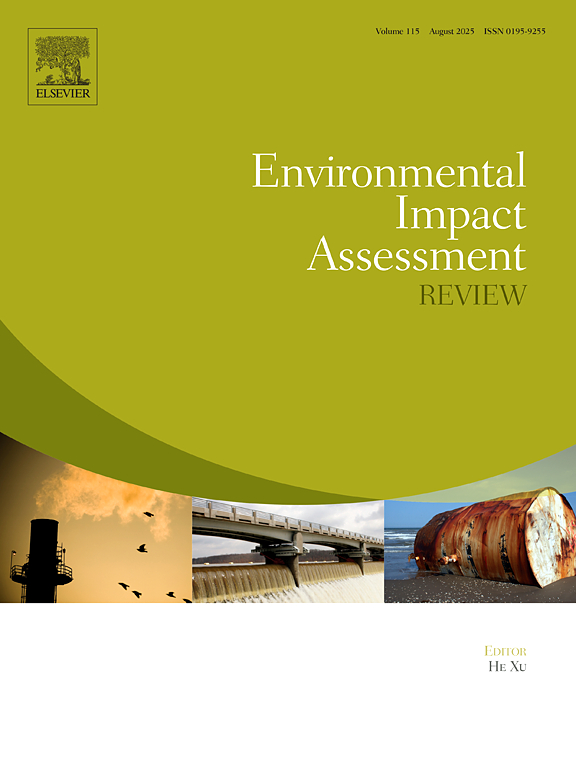
Combining protection and restoration strategies enables cost-effective compensation with ecological equivalence in Brazil
Ecological compensation and offsets have been used worldwide to repair the residual impacts caused by human activities. Achieving ecological equivalence in them has been challenging, and conflicts between development and environmental sectors commonly arise. We addressed this issue by testing an approach that is cost-effective and includes equivalence in compensation. We used the Brazilian Native Vegetation Protection Law’s Legal Reserve (a native vegetation percentage of every rural property that must be conserved) compensation scheme as a study case.



